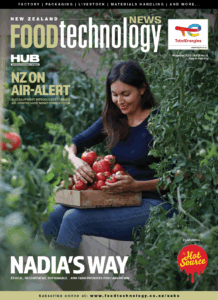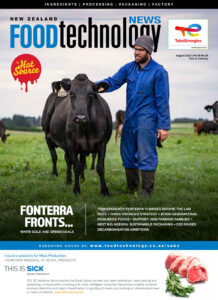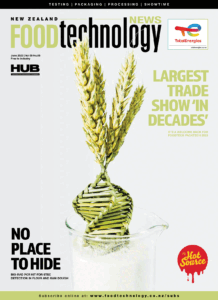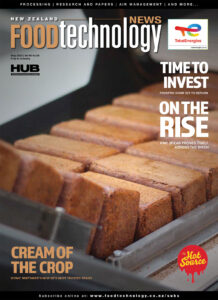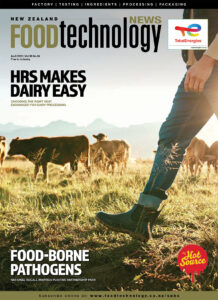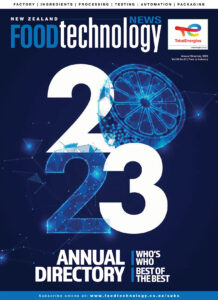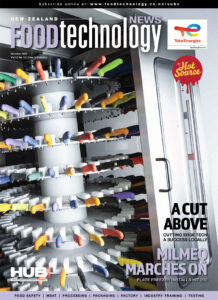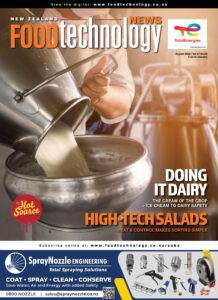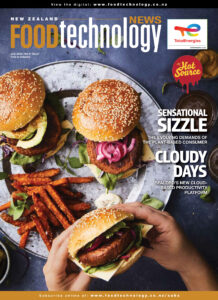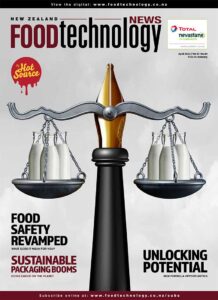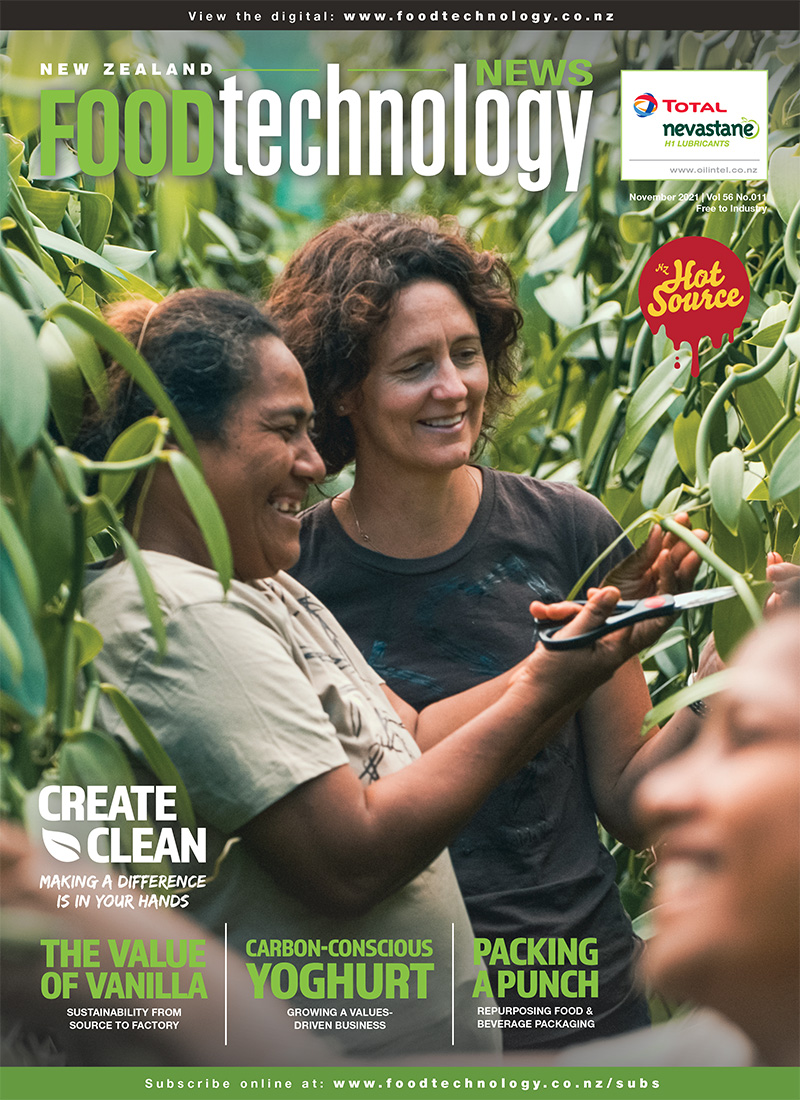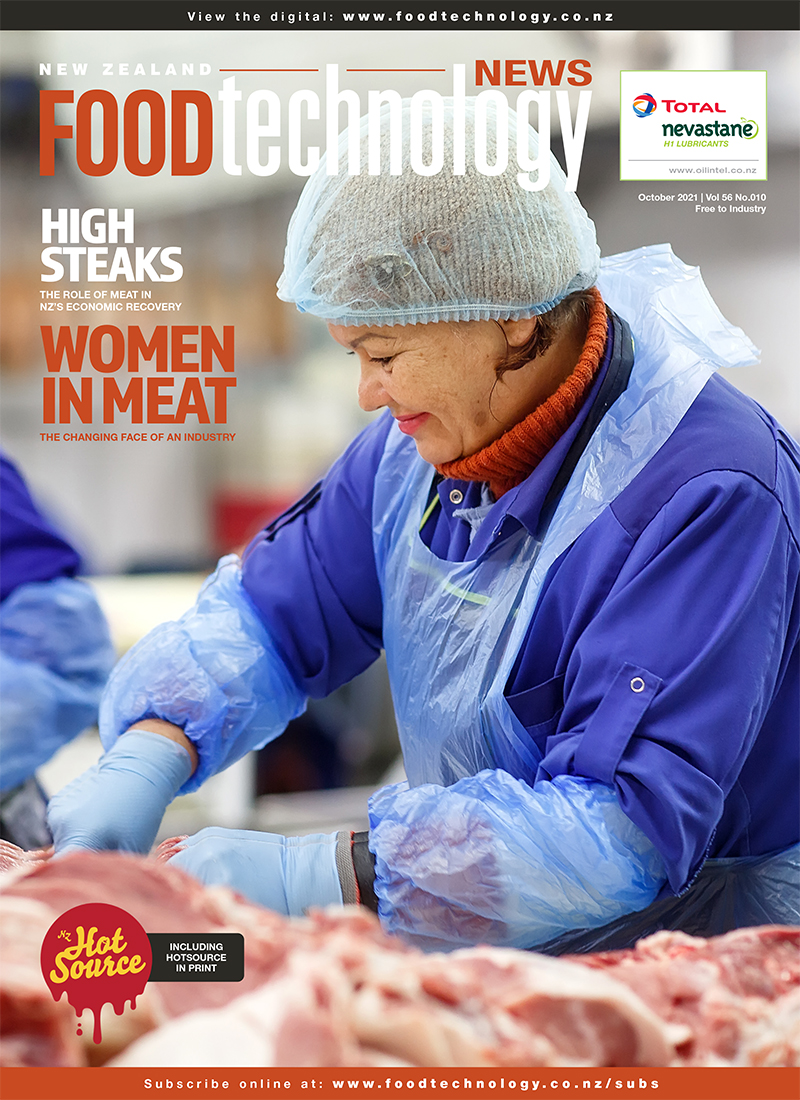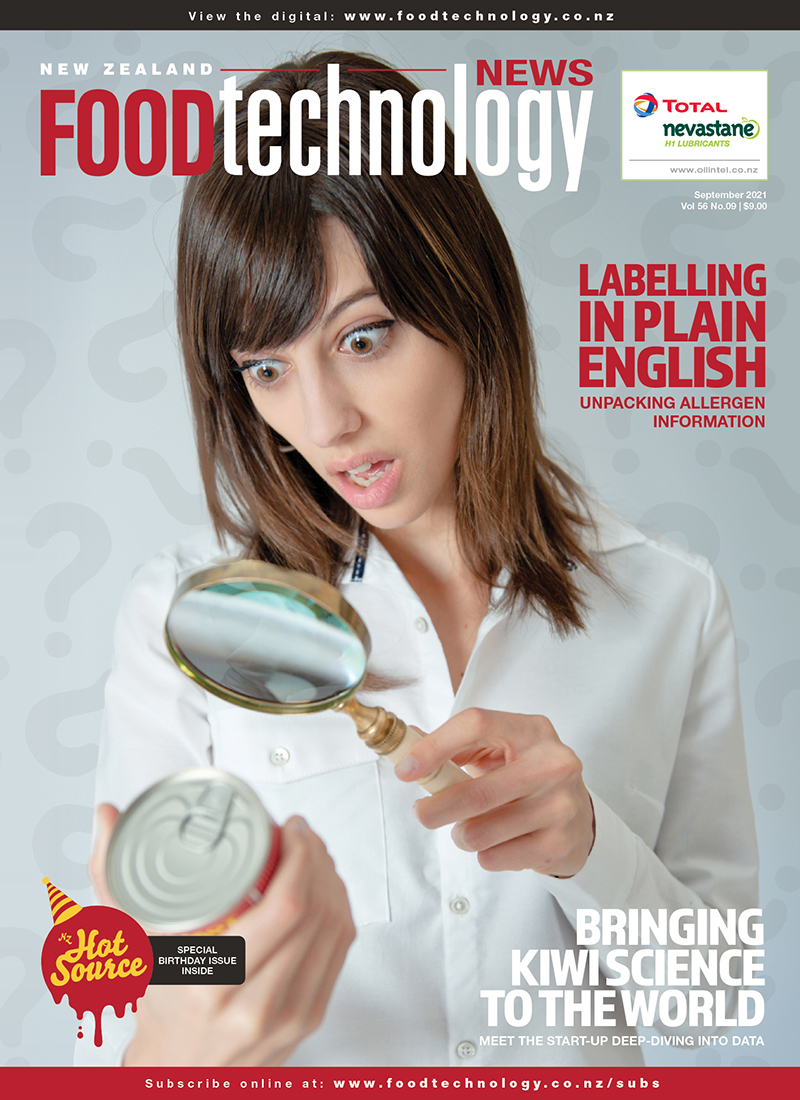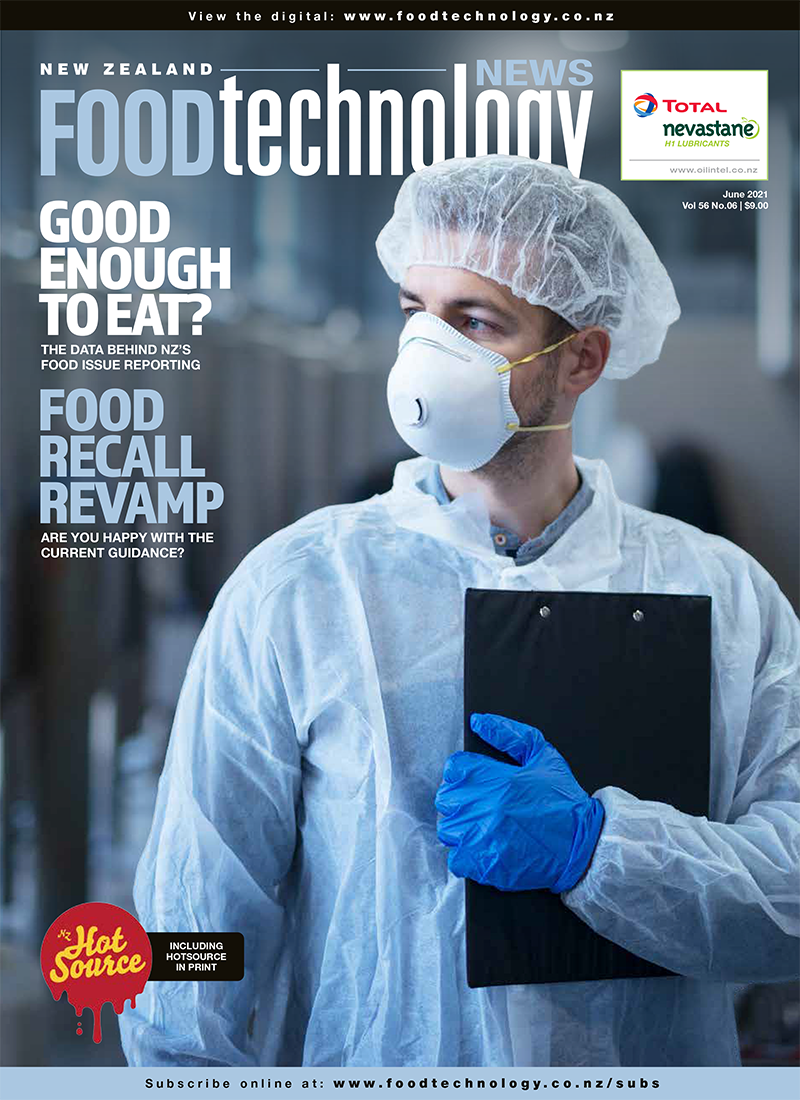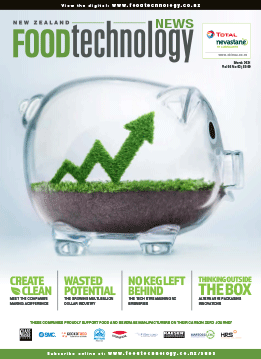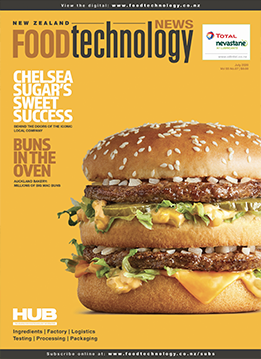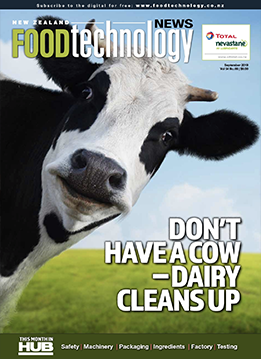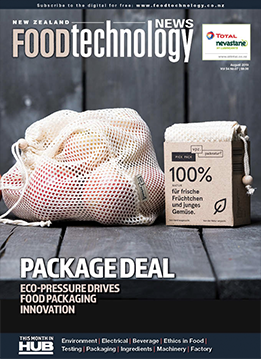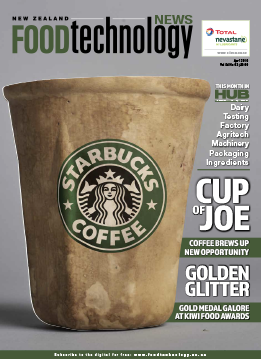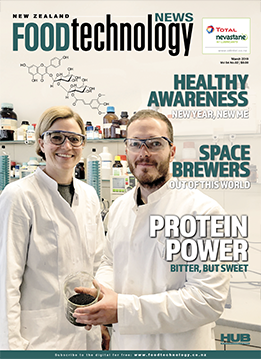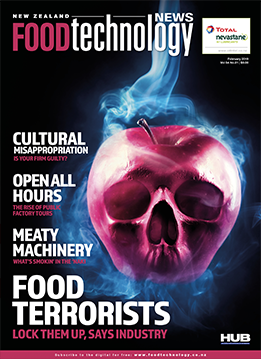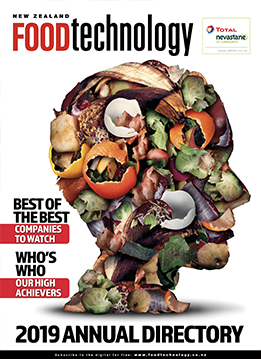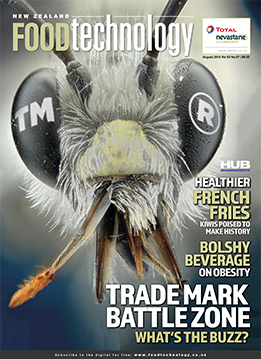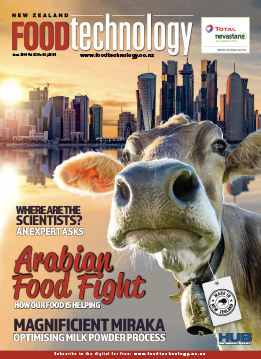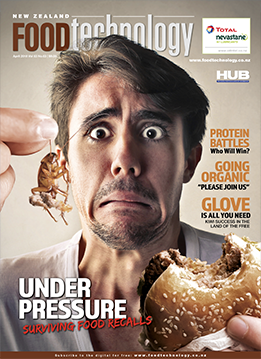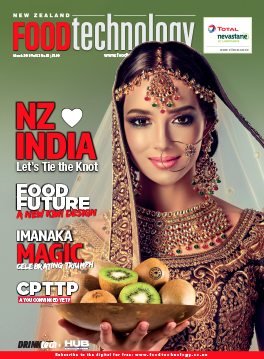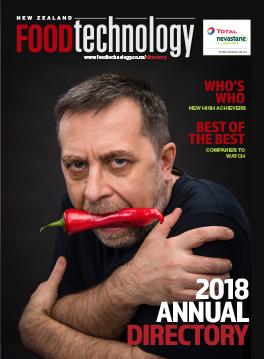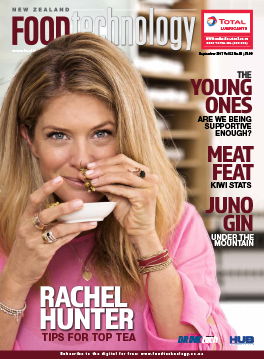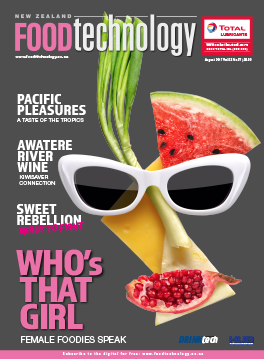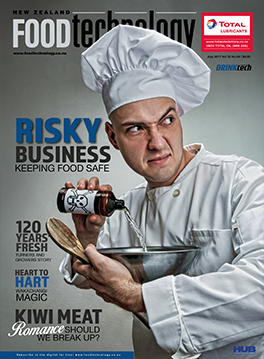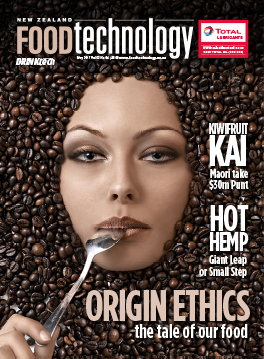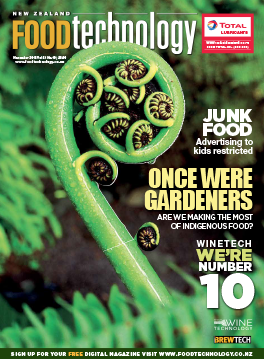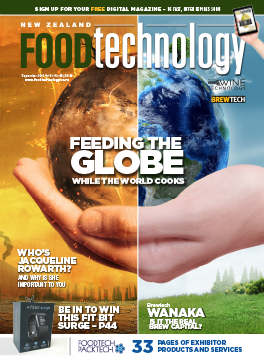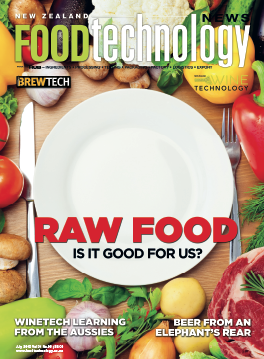Visiting New Zealand for the first time last year, Commonwealth Enterprise and Investment Council chief executive Richard Burge was struck by the internationalism of the country. Here, he talks exclusively to NZ Food Technology magazine about how Kiwi food and beverage exporters can use that quality – as one of many – to triumph in the post-Brexit age.
Walking around Auckland, all sorts of languages are being spoken by people from across a huge geographical spread but who identify as New Zealanders. New Zealand has proved over many decades that you don’t have to be at the physical centre of the world to be at the centre of its commerce, reinforced by the expeditionary and open approach of its exporters.

Richard Burge
The Commonwealth Business Forum (CBF), held in London in March, highlighted the many business opportunities which exist across the Commonwealth. As one of the leading members of the Commonwealth, and most economically successful, I looked forward to seeing a strong delegation of New Zealand businesses there. This forum was organised alongside the biennial Commonwealth Heads of Government Meeting (CHOGM) and convened 800 senior Commonwealth business leaders alongside approximately 30 heads of state at three iconic London venues. It was a huge opportunity for business leaders and decision makers to make connections and explore the many reasons the Commonwealth is such a unique platform for trade and investment.
As chief executive of a business organisation, the issue of the UK leaving the European Union is obviously one which I discuss regularly. However, whilst it may be a preoccupation in the UK, it isn’t necessarily so for the rest of the Commonwealth members. Commonwealth countries may have to re-think how they trade with and gain access to Europe, but this shouldn’t result in diminished opportunities for their export markets. In January New Zealand reported record high export figures, contributing to a hugely reduced trade deficit. But it is still vital that the New Zealand business community continues to reach out to new export markets.
Commonwealth markets have both diversity and youth on their side – the network is made up of 53 countries of all shapes and sizes, with 60% of its population under the age of 30. The Commonwealth is adding to its middle class faster than any grouping, and is due to contain 1 billion middle class consumers by 2020. Including key global growth areas like India, East Africa and Nigeria, disposable incomes are rising and market opportunities growing. As a result, the total global exports of Commonwealth countries almost tripled between 2000 and 2013. In addition, the ‘Commonwealth Factor’ – shared values, regulatory systems and language – makes trade costs on average 19% lower between Commonwealth countries.
So, having plugged itself so effectively into the markets of the Pacific – China, Australia, the US, Japan, South Korea and, of course, the Commonwealth markets of the Pacific Islands (where the landmark PACER plus agreement is doing great work to stimulate trade), Singapore and Malaysia (one of New Zealand’s fastest growing export markets) – now may be time for New Zealand to look further afield for new growth. It is hugely encouraging to see the work that has already gone into the negotiation of a New Zealand-India FTA, and I’m delighted to see New Zealanders recognising the potential of Indian markets in the future. Indeed, with exports to India only valuing NZ$639 million in 2016, compared to $9.4 billion with China in the same year, there is clearly potential for growth in this area.
Exports to Africa are another area where there is an opportunity to do more. Major progress has already seen exports to the continent triple from 2004-2014, with 9% of New Zealand’s dairy exports now Africa-bound. But there is still huge untapped potential in the region. Commonwealth countries in the East African region are all growing their GDP in excess of 5% per annum (Kenya, 5.5%, Rwanda 5.2%, Uganda around 5% and Tanzania 6.6% in 2017), and represent major opportunities for New Zealand’s world renowned agricultural produce.
These are opportunities that CWEIC’s export champions are already making the most of. Our CommonwealthFirst Export Champions are carefully selected UK SMEs who have an exciting and innovative product or service, and an enterprising approach to export opportunities. Naturally Tribal are making the most of growing disposable incomes to find a gap in the African skincare market, particularly in Nigeria. London-based African fashion retailer Sapelle have a supply chain spanning 15 African countries and are shipping orders all over the world. And sweet potato snack manufacturer Sacoma are helping small holder farmers in Kenya to take their products across the continent and around the world.
At the larger corporate end, CWEIC’s strategic partners are also thriving in Commonwealth markets. World leader in construction and agriculture equipment manufacturing JCB makes more than half of its global profits in India, having manufactured an astonishing 75% of all Indian construction equipment in 2014. Banknote manufacturer De La Rue’s major clients include India, Botswana, Nigeria, Kenya, Sri Lanka and Malta, with a new Sri Lankan banknote being released by them just this month. Leading international bank Standard Chartered continue to earn around 90% of their profits in markets across Asia, Africa and the Middle East, many of them in the Commonwealth. So, there are opportunities in a range of sectors, across a huge spread of Commonwealth countries, that New Zealand’s businesses can capitalise on.
However, what makes New Zealand and its exporters stand out in the world and the Commonwealth is not just their excellent products, but the way they go about doing business. New Zealand, having topped Transparency International’s list as the least corrupt country on earth for the second year running, is a byword for probity and good business practices. It tops the World Bank’s Ease of Doing Business rankings overall, and three of the index’s subcategories. Both in integral areas of practicality like the availability of credit, handing out of construction permits and regulation; and in softer areas such as conforming to values of transparency and accountability…New Zealand measures exceptionally well.
New Zealand’s authority in and commitment to the values of democracy, good governance and the rule of law does not go unnoticed in Commonwealth markets, and offers an edge over competitors who may be viewed as less trustworthy – a key factor in terms of who governments and companies choose to invest in and trade with.
It was clear to me from my short tour of New Zealand and from my interactions both with government officials and businesses, that as a country New Zealand has exactly the right approach to free and open trade, and exporting. What it should be looking to do now is diversify its export destinations and, to a degree, diversify the products and services being exported to suit new markets. It is my hope that many of these will be Commonwealth markets, given the huge potential of the emerging markets within the network, and the changing global landscape which is forcing many of the Commonwealth’s established economies to adapt.
The changing face of global trade, and the unions which underpin traditional trading relationships, should not be a deterrent for New Zealand’s excellent business community to continue forming new trading relationships around the world.










